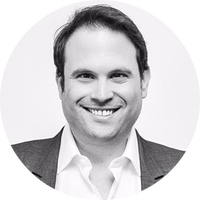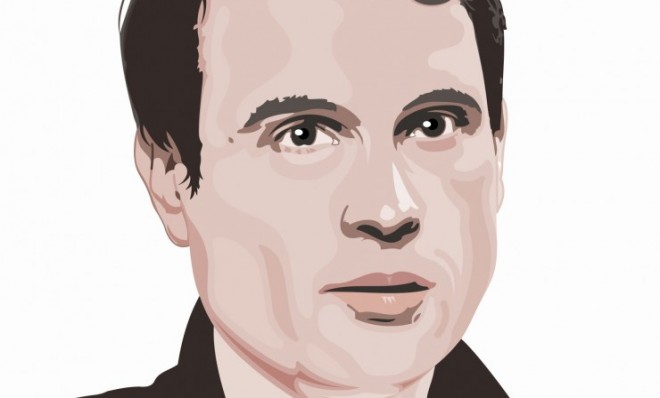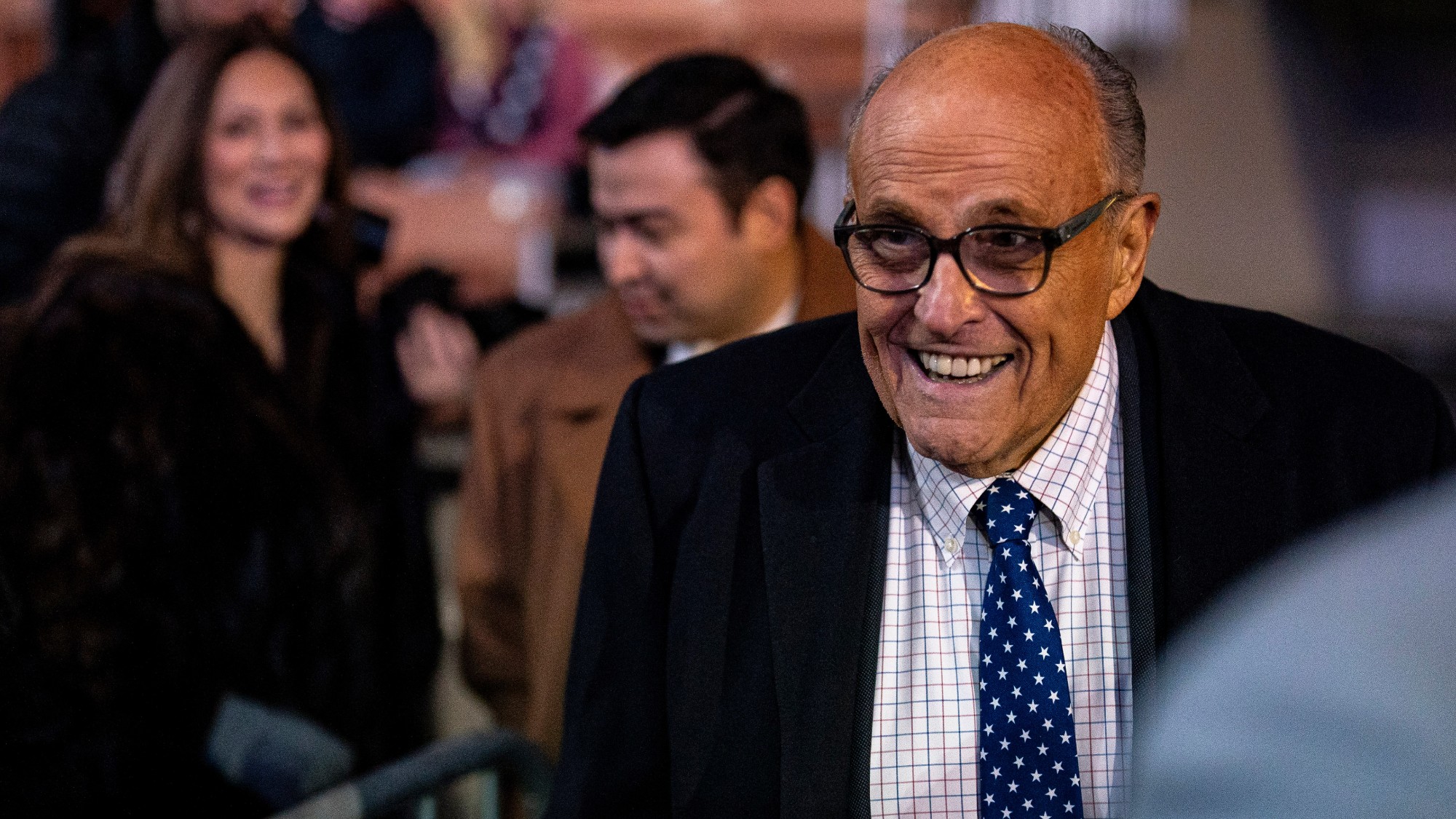No longer the 10 percent
An accurate percentage for gays


When I was growing up in Florida, and when Andrew Sullivan was growing up in England, those interests dedicated to the empowerment of young gays insisted that, as a matter of rule, about 10 percent of the population in modern countries was gay. That included those who openly identified as gay — a small percentage of the 10 percent — and those who did not, either because of the pressures of the closet or because their sexual identity was in a state of flux.
Before I came out, I remember feeling skeptical. I knew what I was going through, and I was pretty certain that I was, ah, more special than that. I thought the 10 percent figure was a talking point for gay activists, a way to make the community feel bigger than it was. My gaydar was not pinging for one in 10 guys, even as I began to select my peers more and more, as I transitioned from the closet to the open world, from high school to college.
I was one the more conservative lot in college in part because I argued then, as Andrew does, that:
The Week
Escape your echo chamber. Get the facts behind the news, plus analysis from multiple perspectives.

Sign up for The Week's Free Newsletters
From our morning news briefing to a weekly Good News Newsletter, get the best of The Week delivered directly to your inbox.
From our morning news briefing to a weekly Good News Newsletter, get the best of The Week delivered directly to your inbox.
Why on earth does it matter if we make up 10 percent or 1 percent? A minority’s civil rights are not dependent on how many of them there are or how large a segment of society they form. Do we say: sorry, guys, you only form 2 percent, you don’t meet the minimal bar for becoming a minority? It’s not like running for the Knesset. It struck me then and now as part of a wearying tendency among some gays to think that every straight dude is just a few beers away from being gay (that’s not how it works); or a desperation to feel somehow more significant because of larger numbers.
Living in New York, Washington D.C. and Los Angeles, three American cities quite densely packed with openly gay people, the 10 percent number no longer really mattered. Two decades worth of incredible, almost exponential change in the status of homosexuality in American society have rendered the numerical argument irrelevant. (Andrew's early writings were one of the largest single contributors to this new acceptance, as was Hollywood's decision to embrace non-stereotypical gay characters in the 90s.)
The 10 percent figure persisted because of a variety of formal studies, many conducted by researchers sympathetic to gay people, that very broadly interpreted the definition of gay. But Alfred Kinsey was the first, and his methods for figuring this out were rather unreliable.
A more realistic number is that people whose sexual identities are not primarily heterosexual; that is, whose primary erotic orientation is not toward a member of the opposite gender, is about 3.5 percent, per Gallup. (A researcher I respect surveyed Census data and offers a slightly higher percentage: About 3.8 percent, which equates to about 9 million people.)
A free daily email with the biggest news stories of the day – and the best features from TheWeek.com
This is a big number. It's also a tiny one.
I don't want to hazard a guess as to whether gays are over-represented in certain high-profile occupations because that requires a much longer discussion of gay history and culture. (What percentage of President Obama's major donors were gay? I don't know, but I do know that a joke once went around Obama HQ calling gay bars "Obama donation centers.")
But I'm fascinated by a 2011 Gallup poll showing that young adults and women thought that gays make up 30 percent of the population. (!)
Not even close. So what's the reason for the difference between reality and perception?
Marc Ambinder is TheWeek.com's editor-at-large. He is the author, with D.B. Grady, of The Command and Deep State: Inside the Government Secrecy Industry. Marc is also a contributing editor for The Atlantic and GQ. Formerly, he served as White House correspondent for National Journal, chief political consultant for CBS News, and politics editor at The Atlantic. Marc is a 2001 graduate of Harvard. He is married to Michael Park, a corporate strategy consultant, and lives in Los Angeles.
-
 A running list of the US government figures Donald Trump has pardoned
A running list of the US government figures Donald Trump has pardonedin depth Clearing the slate for his favorite elected officials
-
 Ski town strikers fight rising cost of living
Ski town strikers fight rising cost of livingThe Explainer Telluride is the latest ski resort experiencing an instructor strike
-
 ‘Space is one of the few areas of bipartisan agreement in Washington’
‘Space is one of the few areas of bipartisan agreement in Washington’Instant Opinion Opinion, comment and editorials of the day
